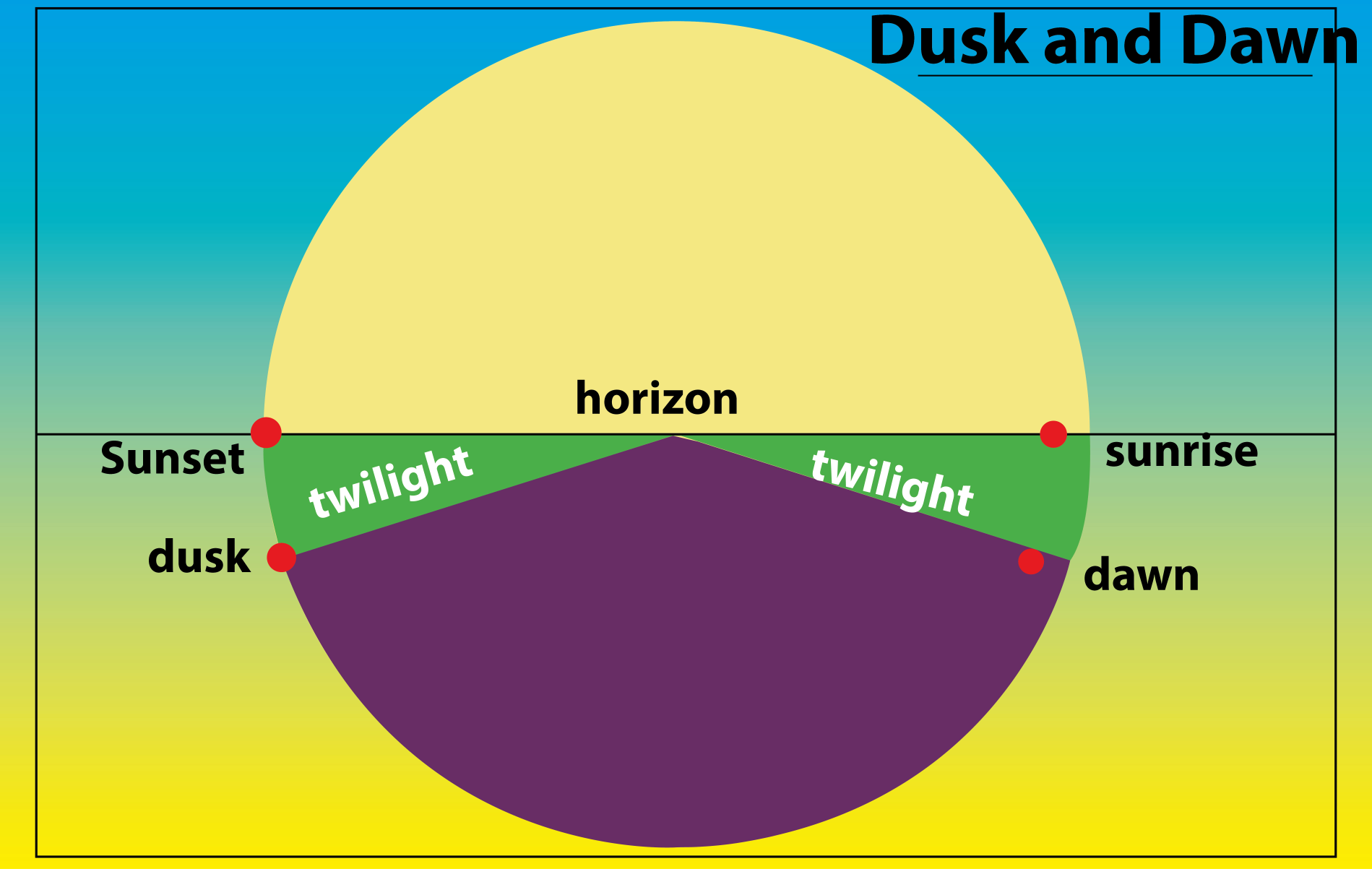
An animal active during dawn and dusk is called,
(A) Auroral
(B) Vesperal
(C) Crepuscular
(D) Diurnal
Answer
566.7k+ views
Hint: There are many animals like bats, stray dogs, rats, which are active during dawn and dusk also known as the twilight period.The term used for these animals is derived from the twilight.
Complete step by step answer:
An animal active during dawn and dusk is called a Crepuscular animal.
Crepuscular animal. is distinguished from diurnal and nocturnal behavior, where an animal is active during the hours of daylight and of darkness, respectively. Some crepuscular animals can also be active by moonlight or during an overcast day. Matutinal animals are active only before sunrise, and vespertine only after sunset.

Crepuscular animals are those animals that are mostly active during the dark hours of the whole day.
Several different factors impact the time of day an animal is active. Predators hunt when their prey is out there, and prey attempts to avoid the days when their principal predators are at large. The temperature at midday could also be too high or in the dark too low. Some creatures may adjust their activities by looking at the local competition. Due to their crepuscular habit, a prey population increases, predators will have more food thus increasing their population, which in turn decreases the prey, then the predators decrease, increasing the prey, and so on. crepuscular prey can use this light at this period to easily spot and avoid predators.
So, the correct answer is ‘Crepuscular '.
Note: Many different terms are used for distinguishing different types of animals. They are:
Auroral species animals that remain active at dawn.
Vespertine: Species most active during dusk.
Crepuscular: Species most active during both dawn and dusk (or twilight).
Diurnal: Species are most active during the daytime .
Complete step by step answer:
An animal active during dawn and dusk is called a Crepuscular animal.
Crepuscular animal. is distinguished from diurnal and nocturnal behavior, where an animal is active during the hours of daylight and of darkness, respectively. Some crepuscular animals can also be active by moonlight or during an overcast day. Matutinal animals are active only before sunrise, and vespertine only after sunset.

Crepuscular animals are those animals that are mostly active during the dark hours of the whole day.
Several different factors impact the time of day an animal is active. Predators hunt when their prey is out there, and prey attempts to avoid the days when their principal predators are at large. The temperature at midday could also be too high or in the dark too low. Some creatures may adjust their activities by looking at the local competition. Due to their crepuscular habit, a prey population increases, predators will have more food thus increasing their population, which in turn decreases the prey, then the predators decrease, increasing the prey, and so on. crepuscular prey can use this light at this period to easily spot and avoid predators.
So, the correct answer is ‘Crepuscular '.
Note: Many different terms are used for distinguishing different types of animals. They are:
Auroral species animals that remain active at dawn.
Vespertine: Species most active during dusk.
Crepuscular: Species most active during both dawn and dusk (or twilight).
Diurnal: Species are most active during the daytime .
Recently Updated Pages
Master Class 12 Business Studies: Engaging Questions & Answers for Success

Master Class 12 Economics: Engaging Questions & Answers for Success

Master Class 12 English: Engaging Questions & Answers for Success

Master Class 12 Maths: Engaging Questions & Answers for Success

Master Class 12 Social Science: Engaging Questions & Answers for Success

Master Class 12 Chemistry: Engaging Questions & Answers for Success

Trending doubts
What are the major means of transport Explain each class 12 social science CBSE

Which are the Top 10 Largest Countries of the World?

Draw a labelled sketch of the human eye class 12 physics CBSE

How much time does it take to bleed after eating p class 12 biology CBSE

Explain sex determination in humans with line diag class 12 biology CBSE

Differentiate between homogeneous and heterogeneous class 12 chemistry CBSE




